Legionella: What You Need to Know & How to Prevent It
LEGIONELLA SHOULD BE ON EVERY BUILDING MANAGER’S RADAR. This bacterium, naturally present in fresh water, can colonise man-made systems—hot and cold water networks, cooling towers, spa pools—and, when inhaled via contaminated aerosols, lead to legionellosis. The most severe form, Legionnaires’ disease, resembles pneumonia and carries a fatality rate of around 10 %. Milder illnesses, Pontiac and Lochgoilhead fevers, still put vulnerable individuals at risk.
UNLIMITED FREE MOCK TESTS for CSCS Card and CITB HS&E exams are available at our TEST HUB. It’s the perfect way to build confidence before tackling any safety qualification.
Who Needs Legionella Training?
If you manage, maintain or operate buildings with complex water systems, you have a legal duty under the Health and Safety at Work etc. Act 1974 and the Control of Substances Hazardous to Health Regulations 2002 to assess and control Legionella risk. That makes the Legionella Awareness Course essential for:
- Landlords and letting agents responsible for domestic and commercial properties
- Facilities and estate managers who oversee large water networks
- Maintenance engineers, plumbers and building contractors
- Healthcare, care home and hospital staff in charge of patient water systems
- Health & safety officers ensuring compliance with HSE guidance
Where Does Legionella Thrive?
Legionella survives at low levels in natural water sources, but it multiplies rapidly between 20 °C and 45 °C, especially when systems are neglected. Common hotspots include:
- Hot and cold water storage tanks and distribution pipework
- Cooling towers and evaporative condensers
- Spa pools, hot tubs and jacuzzis
- Decorative fountains and water features
- Showerheads, hoses and poorly maintained outlets
Poor flow, sediment build-up, scale, rust and biofilm provide nutrients and shelter for Legionella, transforming a benign water system into a health hazard.
How Infection Occurs
Legionella infections occur only when contaminated water droplets are inhaled. Unlike many infections, there is no person-to-person spread. Typical exposure scenarios:
- Breathing mist from showers, spa pools or fountains
- Working near cooling tower plumes
- Inhalation of aerosols from humidifiers or evaporative condensers
Once inhaled, bacteria colonise the lungs, causing symptoms that range from flu-like fever and muscle aches to severe pneumonia requiring hospitalisation.
Key Growth Factors to Control
Effective prevention targets the four pillars that enable Legionella multiplication:
- Temperature control: keep hot water above 60 °C and cold below 20 °C
- Prevent stagnation: flush little-used outlets and maintain flow
- Eliminate biofilm: clean and disinfect tanks, pipework and fittings
- Remove scale and sediment: filter and descale systems regularly
Immediate Actions on Detection
If sampling reveals elevated Legionella counts, act swiftly to:
- Flush and disinfect affected circuits
- Clean or replace storage tanks, filters and nozzles
- Raise system temperature or deploy biocides as per DWI guidance
- Review and update your risk assessment and control scheme
Failure to react can result in prosecution, hefty fines and even corporate manslaughter charges in the event of a fatal outbreak.
What the Legionella Awareness Course Covers
Our 100 % online course equips you with the knowledge to meet your legal duties and protect building occupants:
- Legislation & Dutyholders: CDM 2015, HSW Act and ACoP L8 responsibilities
- Microbiology & Health Risks: Legionella biology, growth factors and outbreak case studies
- Risk Assessment Techniques: how to conduct thorough system surveys and hazard analyses
- Control Measures: temperature regimes, disinfection protocols and maintenance schedules
- Monitoring & Record-Keeping: logs, inspection checklists and audit trails
- Emergency Response: outbreak management, decontamination and reporting procedures
Real-World Consequences
The 1976 Philadelphia outbreak, which gave Legionnaires’ its name, infected over 200 people and killed 34. In the UK, the HSE recorded 345 confirmed cases in 2016, with fatality rates remaining significant. Each incident arises from lapses in system design or maintenance—gaps that training can close.
Final Thoughts — PROTECT LIVES, SAFEGUARD YOUR ORGANISATION
Legionella risk management is not optional. Duty holders, landlords and site supervisors must ensure water systems are designed, operated and maintained to prevent bacterial growth. The Legionella Awareness Course offers a practical, CPD-certified path to compliance and risk reduction.
ENROL FOR LEGIONELLA AWARENESS TRAINING
If you manage multiple sites or teams, email [email protected] for corporate pricing and bespoke support. Stay compliant. Stay safe.


 Student Login
Student Login Julie Gent
Julie Gent